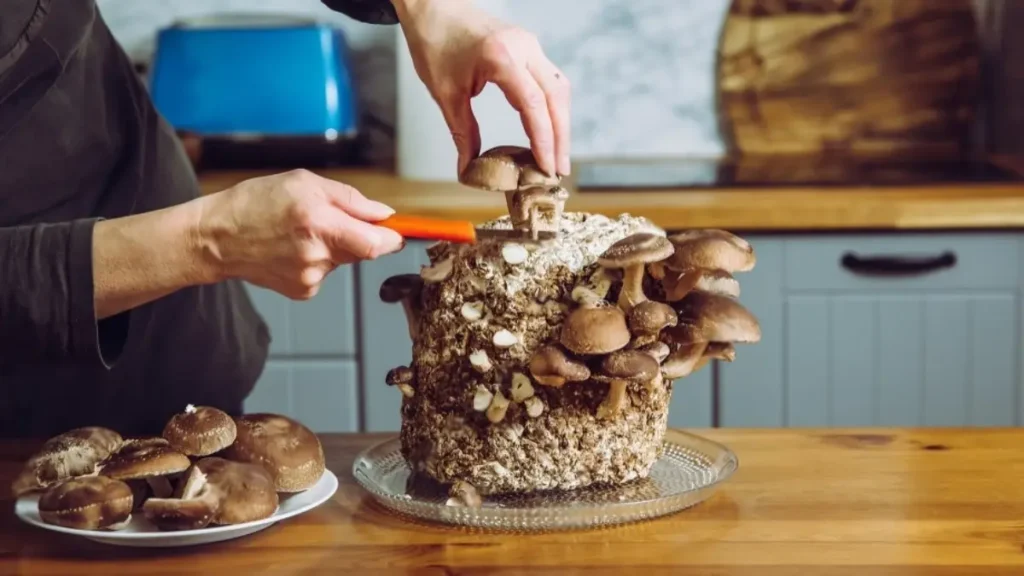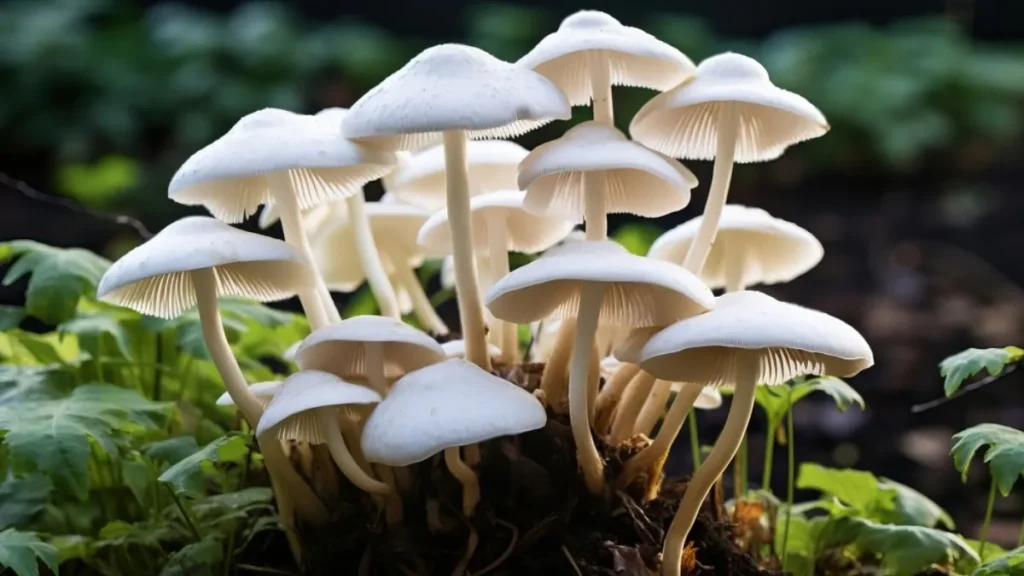Once a specialized industry, mushroom farming has become more and more well-known due to its accessibility, sustainability, and the growing desire for fresh, organic produce. Growing mushrooms provides a satisfying experience and a source of nutrient-dense food, whether for home use or commercial endeavors.
Here’s a beginner’s guide to growing mushrooms:
Choose a method for growing mushrooms:
There are several ways to cultivate mushrooms: you can use kits, grow them outside or indoors, or even build a space specifically for growing mushrooms. Select a technique based on your available time, space, and commitment level.
Pick your mushroom types:
Select the varieties of mushrooms you wish to cultivate. Button, oyster, shiitake, and portobello mushrooms are among the common types that are grown at home. Every variety has different needs when it comes to growth environments.
Create an environment for growing mushrooms:
Dark, humid environments are ideal for mushroom growth. Using grow bags, containers, or even a separate growing chamber, you may need to create an appropriate environment depending on the approach you choose. Make sure the humidity is controlled and that ventilation is adequate.
Origin spores or spawns:
To begin the growing process, you will need to gather mushroom spawn or spores. Spores are the fungus’s reproductive cells, whereas spawn is just the “seeds” of the mushroom that have already begun to grow. Spells and spawns can be bought from specialized vendors or internet merchants.

Get the growing substrate ready:
Different growing surfaces are needed for different species of mushrooms. Typical substrates consist of compost, sawdust, straw, and coffee grounds. To prepare the substrate, follow the directions unique to the variety of mushrooms you have chosen.
Immunization:
After preparing your substrate, inject it with spores or mushroom spawn. To carry out this process, the spawn or spores must be mixed with the substrate and allowed to colonize it. During this stage, take appropriate hygiene precautions to avoid contamination.
Maintain the following conditions for growing mushrooms:
Keep an eye on and preserve the growth circumstances that your preferred variety of mushrooms requires. This entails sustaining the right temperature, humidity levels, and ventilation. If necessary, water the substrate regularly; however, do not overwater, since this can promote the formation of mold
Harvesting:
When your mushrooms are fully grown, harvest them. Depending on the species of mushroom, this can occur at different times, but generally speaking, it does so when the caps are fully formed but not quite ready to release spores. Cut the mushrooms near the base of the stem using a sharp knife.
Conclusion:
In conclusion, cultivating mushrooms has a lot of advantages and can be a fulfilling, sustainable project. A flexible and eco-friendly solution is provided by mushroom cultivation, whether for commercial, culinary, or personal use. Furthermore, the growth of regional economies, trash reduction, and biodiversity conservation are all aided by the growing of mushrooms. Anyone may start growing mushrooms and enjoy all of their benefits if they have the necessary information, tools, and commitment.
Certainly! If you’d like to learn more, please consider following our WhatsApp Channel: Harvest Gardening
A frequently asked questions:
Q1: What are the basic requirements for growing mushrooms?
A1: For healthy growth, mushrooms need a good substrate (such as sawdust, straw, or compost), enough humidity, the right temperature, and darkness. To avoid contamination, sterile conditions are also essential.
Q2: Are there any potential health risks associated with growing mushrooms at home?
A2: Although it’s normally safe to cultivate mushrooms at home, you must handle them carefully to prevent contamination and any health hazards. It’s also important to be aware of any sensitivities before consuming mushrooms, as some people may be sensitive to specific varieties.
Q3: What conditions are needed for growing mushrooms in coffee grounds?
A3: In general, mushrooms need a humid atmosphere with good ventilation and indirect lighting. Keep the temperature between 18–24°C (65–75°F). Make sure the substrate is damp but not soggy.



